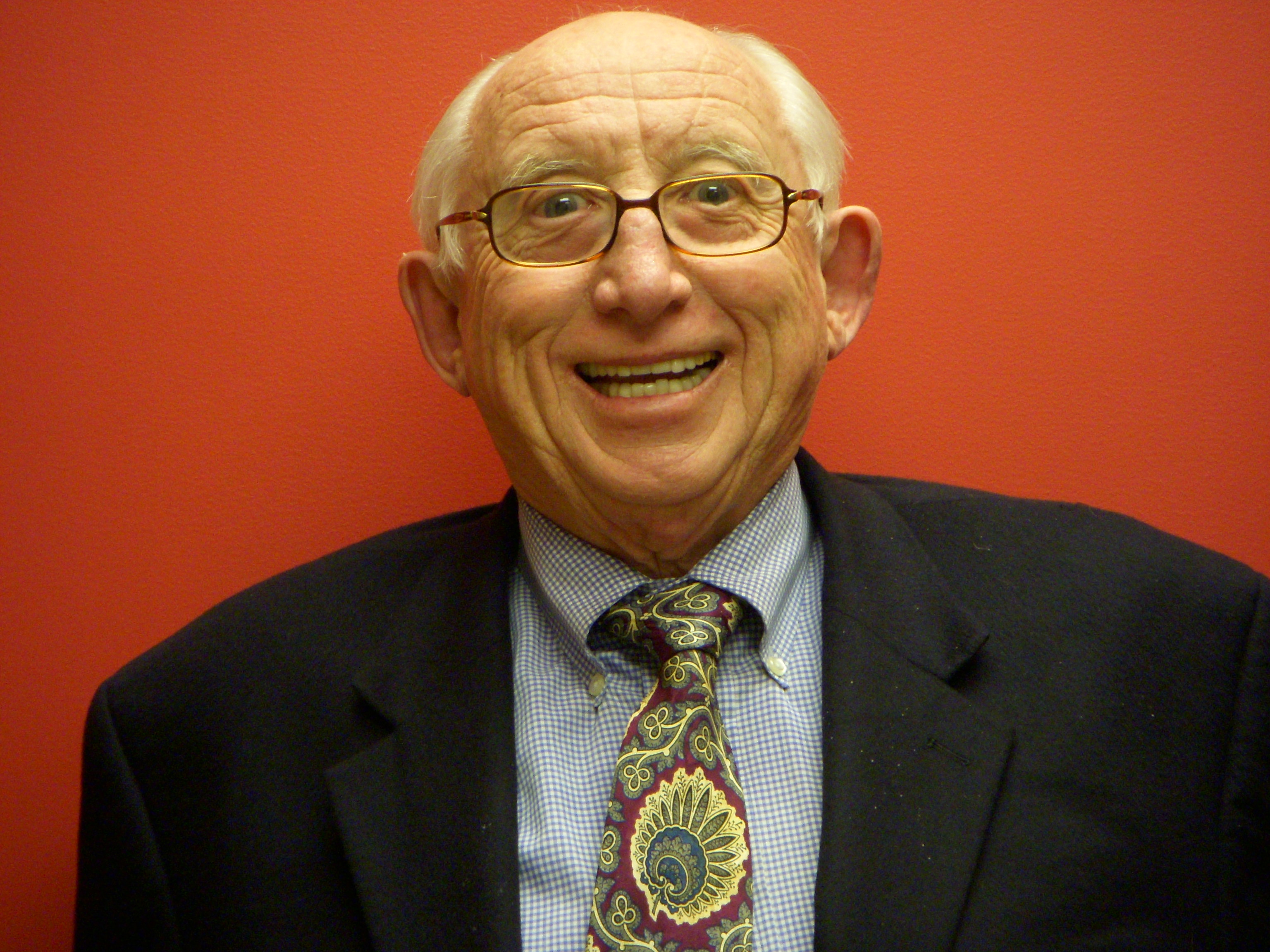When do two diametrically opposed economists, one from the left and one from the right, agree?
Answer: When the subject of the euro comes up.
So it is that Paul Krugman of Princeton and The New York Times and Irwin Stelzer of the Hudson Institute and News Corp. both attacked the euro in the past week. They blamed the euro for the difficulty in bringing meaningful help to the troubled euro zone economies of Europe. And they were right.
Stelzer and other conservative economists had warned of the weakness of the one-size-fits-all nature of the common European currency at the time of its launch in 1999. Liberal economists, more sympathetic to the political dimension of the euro, were prepared to be satisfied with the assurances of fiscal probity from the aspirants to the new currency and endorsed it.
If everyone played by the rules and kept an orderly financial house, the euro would survive its structural weakness, reasoned the fathers of European monetary union. And for 11 years, it appeared that they were right.
The new currency found a lot of favor and hardened against the dollar early on. In some ways the euro was thought to be on its way to being a new reserve currency, supplanting the dollar. Iran and other oil producers with no love for the United States talked about designating the world oil trade in the euro rather than the dollar.
Now disaster, or near disaster. The weakness of a multi-country currency is revealed for all to see.
If Greece, Ireland, Spain, etc. still had their own currencies—the drachma, the punt and the peso—they would be able to deal with their financial crisis by devaluing their currencies, or by letting the markets do it for them. That would make their exports cheaper and their imports more expensive and leave the holders of their bonds intact, if a little poorer.
Likewise when the Irish currency was overheating during the property boom, interest rates could have been raised to cool things off. With a single currency there is no such flexibility, and each country must struggle with draconian internal economic measures that may take years to have an effect.
Why then did most countries of Europe, including this one, jump into a single currency when the potential for problems was known? Call it “The European Dream.”
I am writing this from Bratislava, capital of Slovakia. Here on the Great Hungarian Plain, where armies have crossed and recrossed for thousands of years, from the Romans to Napoleon, to Hitler to Russians, who put down the Hungarian uprising of 1956 and the Prague Spring of 1968, it is easy to understand the evocation, “Never again.”
The first and definitive purpose of integration was to end internecine war in Europe, its curse for more than 2,000 years.
Yet from its inception as a customs union in the 1950s to the 27-nation behemoth it is today, integration has come slowly. People have different cultures, speak different languages and still have not found a common European persona.
Aspiring young politicians still head to their national assemblies rather than the European Parliament, and most people still have difficulty in accepting the dictates of the bureaucrats in Brussels.
So, to the European idealists, a common currency seemed something that would further bind Europe together. Now it appears to be something to be hated rather than embraced.
Yet no country in the common currency can afford to pull out in the current crisis. Krugman rightly points out that this would lead to a run on the banks, ahead of the devaluation that would certainly occur if any troubled country sought to revert to its old currency.
What is missing in the halls of economic philosophy is a way to make a single currency work equally for the weak and the strong. In the present crisis—and it is a severe one—that would be for strong Germany, France and Italy and for weak Greece, Ireland, Spain and Portugal to weather the current storm.
One size has yet to fit all. But one size is what the euro zone has to work with.

 Follow
Follow
one for all and all for one. ha! good luck euro pe